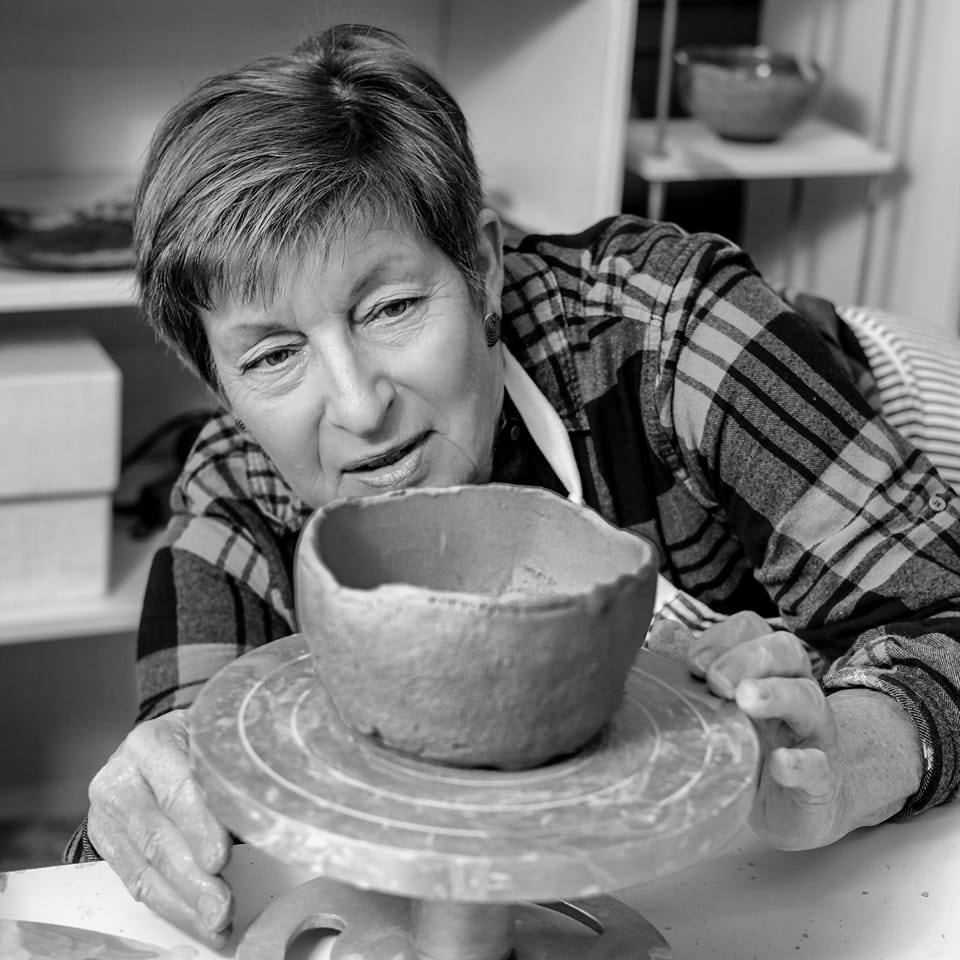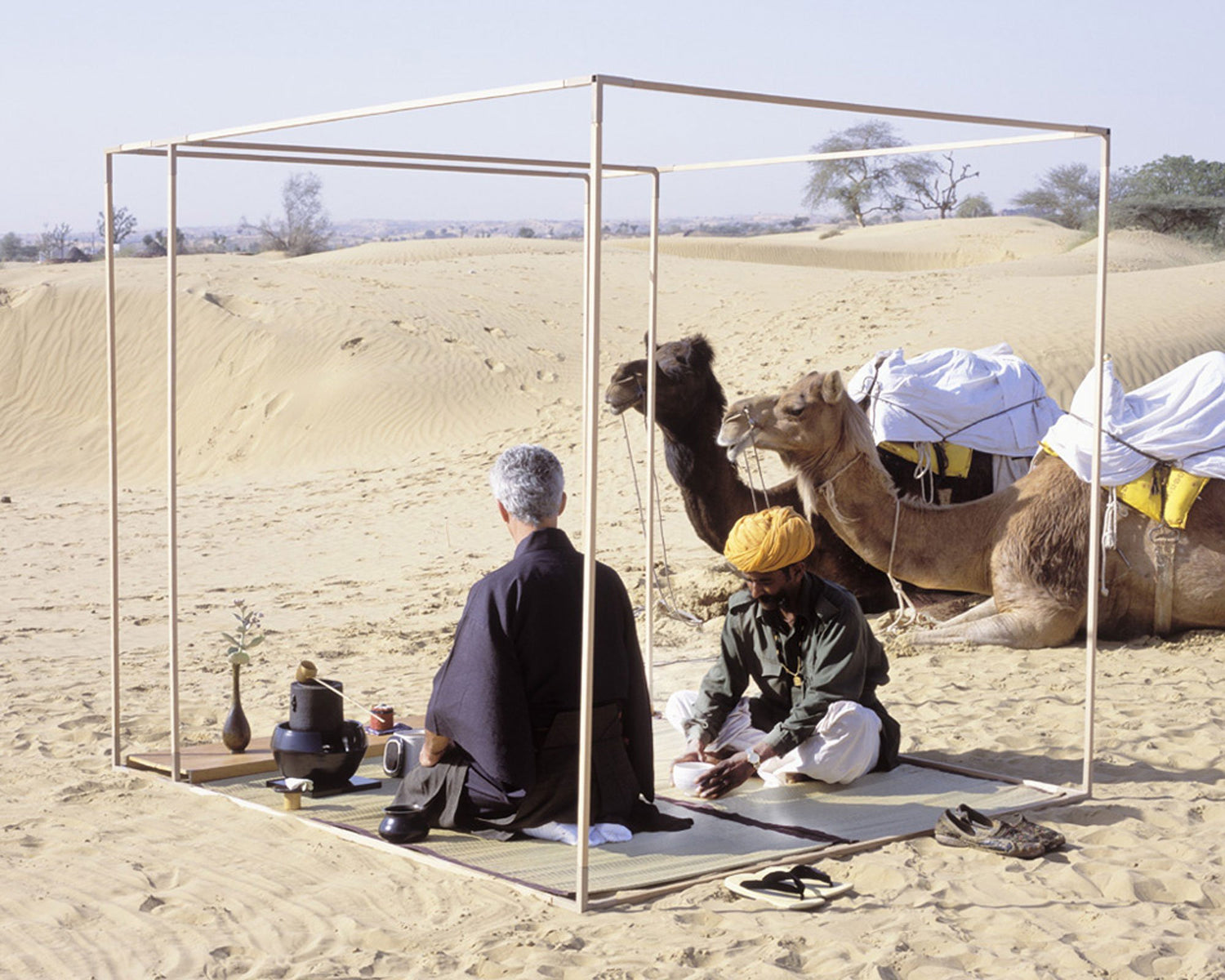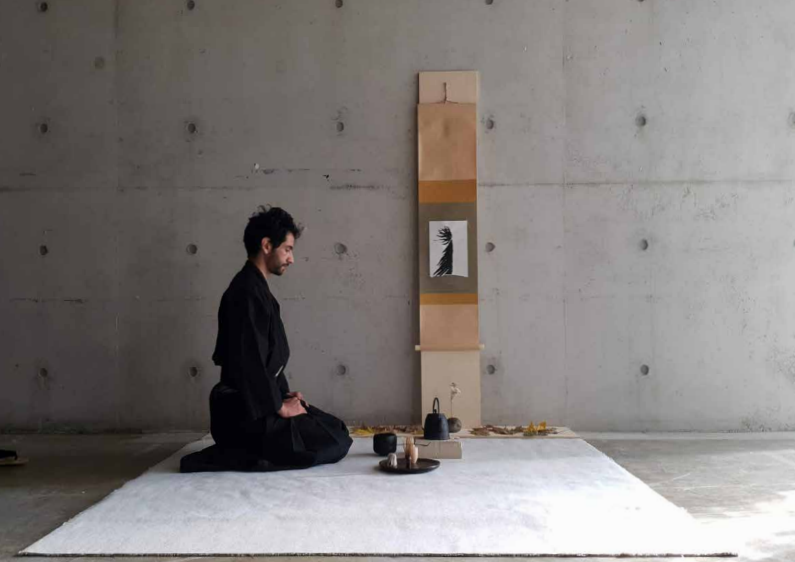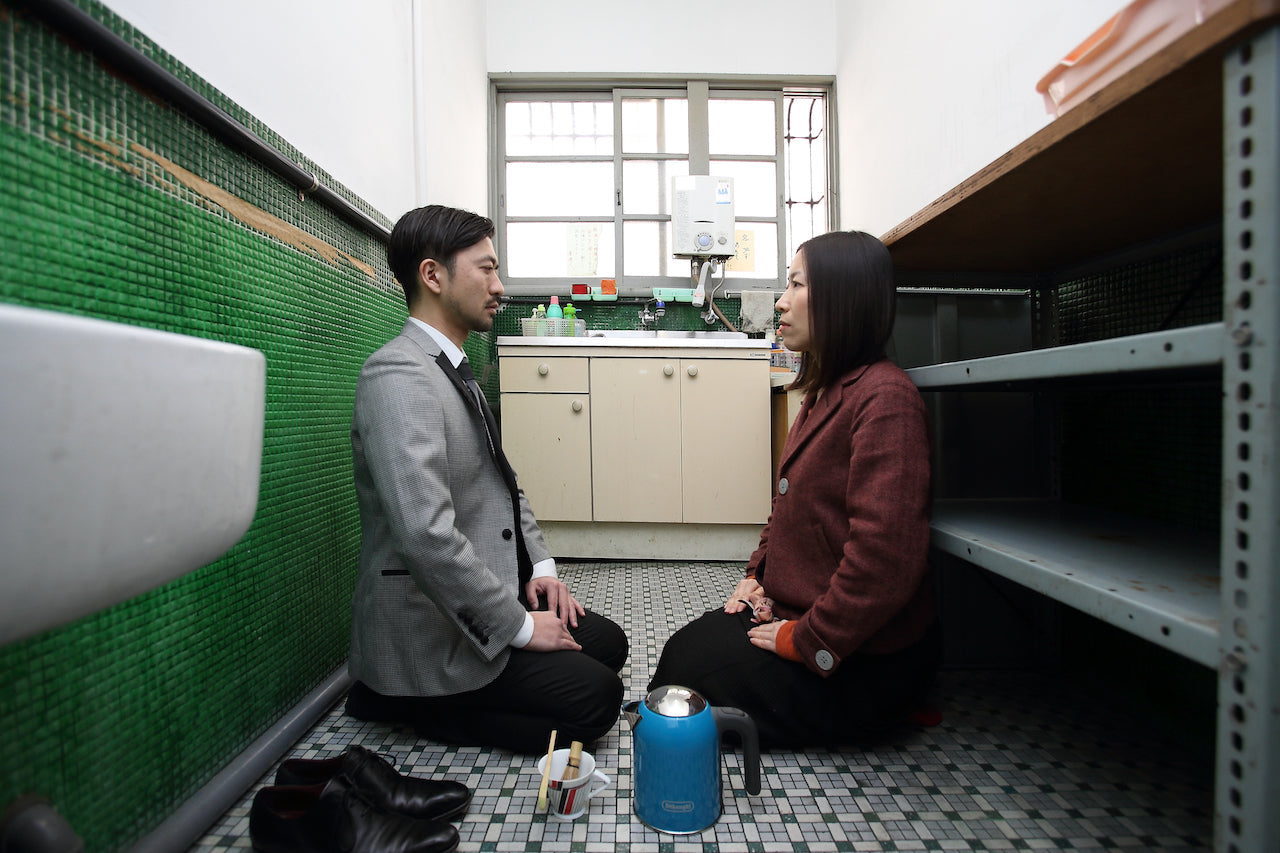The Tea Ceremony Now
The understanding of wabi, the inner spirituality of the tea ceremony, has become a subject of widespread interest as a part of world culture, and inevitably, the Japanese tea ceremony has entered a period of maturity along with a new stage of global expansion.
Urasenke, one of the tea ceremony schools, is particularly active in overseas expansion, with branches in many countries. The philosophy of "Peace through a bowl of tea" is being learned and practiced around the world.
Photo by Urasenke World Chado Relay
Tea ceremony utensil production overseas

Evi Kienast
One of the utensils that best expresses the spirit of the tea ceremony is the tea bowl. These chawans have been produced for the tea ceremony by the Raku family since the time of Sen no Rikyu, the first teamaster and founder of the cha-do( the way of tea ).
Today they are also produced by Potter overseas.
Evi Kienast is a Swiss ceramist who produces tea utensils.
After encountering Raku ware in 1988 and beeing fascinated by its design and expression, she begann to develop her Raku pottery skills.
While also learning the tea ceremony, she has fused her own vision and ideas with Japanese aesthetics and simplicity, giving form to them in her ceramics.
Raku Art
https://www.raku-art.ch/
While the Japanese tea ceremony tradition is developing overseas, diverse ways of tea ceremony are emerging, from guerrilla tea ceremonies to tea ceremony as art and technology-enhanced tea ceremony culture.

Pierre Sernet
French artist finds peace through Japanese tea Ceremony. Since the year 2000, he has been conducting a unique one-time event called "Guerrilla Tea" around the world.
His work is based on the contrast of cultures and environments and intends to show, that while we all may appear different, we are in fact, alike, and thus should be more open and accepting of other people, cultures, and lifestyles.
Through the study of Japanese tea ceremony one can achieve serenity, harmony, peace and a greater respect of each other.
©Pierre Sernet

Nessim Cohen
Nessim Cohen is a tea artist of Paris. In his tea ceremonies, he introduces his own works of ceramic and calligraphies.
He first studied ceramics in Japan with Sasaki Shouraku IV. He believes that the core of the tea ceremony lies in the training of aesthetics, spirituality, and discipline.
He is currently featured internationally. He recently performed tea rituals in New York, Kyoto, Maastricht, Lisbon and Paris.
© Nessim Cohen
TOM SACHS : TEA CEREMONY
The work is a bricolage of all things related to the tea ceremony, created in the style of contemporary artist Tom Sachs.
NASA is used as a motif along with the tea ceremony. Apparently, the ritualistic nature of the tea ceremony has a special meaning for the human spirit in the space age.

Tea ceremony in an office
Based on the historical fact that in the days when the tea ceremony was established, the main participants in tea ceremonies were samurai, they propose to use the modern samurai as businessmen and office workers and hold tea ceremonies in the "hot water supply rooms=Kyuto-shitsu" of the office buildings that are their tea ceremony on the "battlefield". The idea is to create a modern tea ceremony movement.
SHUHALLY
They work in their own unique style, established on the theme of "Shu-ha-ri", which was left by Sen no Rikyu.
Through the culture of "tea," which has been handed down from generation to generation since ancient times, the company reexamines Japanese traditions, revives them in a form that fits modern lifestyles, and proposes them, breathing modern life into this ancient Japanese culture and creating a time and space of youthful serenity.
Sony Computer Science Laboratories
The practice of the Tea Ceremony is a study that involves physicality and is a process of succession of traditions passed down from generation to generation.In their project, he space in the tea ceremony room where the teaching takes place is recorded in space and time so that the movements of the people and the arrangement of the utensils can be observed again from a free perspective.
Learners can observe the teacher‘s behavior and movements as “ghosts” from a third-person perspective. For example, students can move to the position where the teacher is standing and observe the teacher’s gestures to see the relative position of the body and the tea utensils and compare the teacher‘s arrangement with their own. In addition, students can check their mastery of the manners through the teacher’s guidance during the practice and by observing and comparing at any time until they are satisfied with the results. Students can work on acquiring traditional manners based on information they cannot get from traditional practice methods. We aim to contribute to the passing down of culture by advancing the technology for constructing an environment that is free in time and space.












